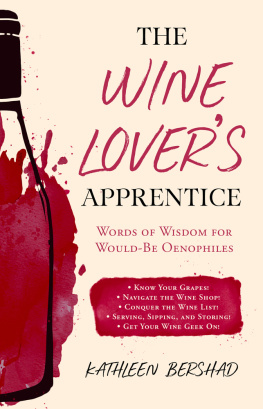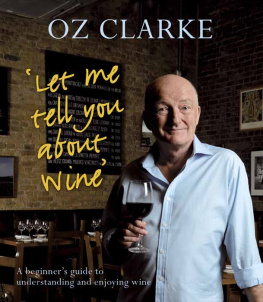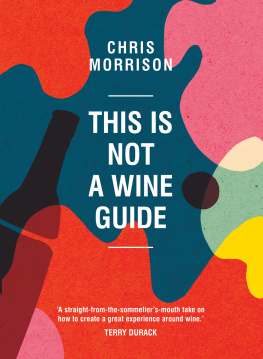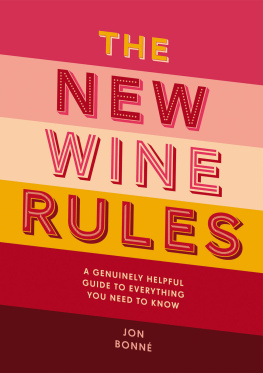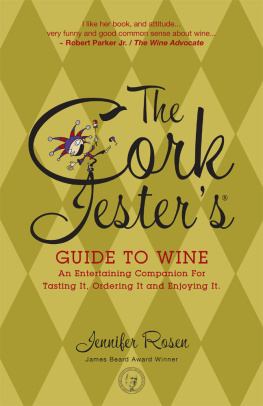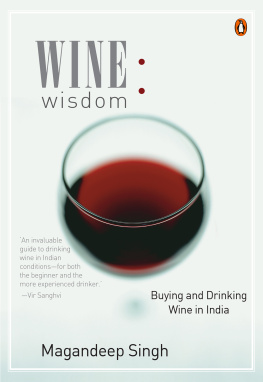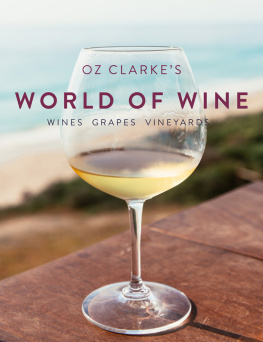Copyright 2018 by Kathleen Bershad
Illustrations 2018 by Jeffery Mathison
All rights reserved. No part of this book may be reproduced in any manner without the express written consent of the publisher, except in the case of brief excerpts in critical reviews or articles. All inquiries should be addressed to Skyhorse Publishing, 307 West 36th Street, 11th Floor, New York, NY 10018.
Skyhorse books may be purchased in bulk at special discounts for sales promotion, corporate gifts, fund-raising, or educational purposes. Special editions can also be created to specifications. For details, contact the Special Sales Department, Skyhorse Publishing, 307 West 36th Street, 11th Floor, New York, NY 10018 or .
Skyhorse and Skyhorse Publishing are registered trademarks of Skyhorse Publishing, Inc., a Delaware corporation.
Visit our website at www.skyhorsepublishing.com.
10 9 8 7 6 5 4 3 2 1
Library of Congress Cataloging-in-Publication Data is available on file.
Cover design by Jenny Zemanek
Cover illustration by iStockphoto
Hardcover ISBN: 978-1-5107-3161-5
Ebook ISBN: 978-1-5107-3165-3
Printed in China
For my grandpa Max
Contents

Get Your Wine Geek On
A Note from the Author
Heres a confession that wont be shocking: Im a wine geek.
More specifically, I was a food writer who got into wine, studied at the American Sommelier Association, and worked at two wine stores, as well as a variety of importers and distributors, before striking out on my own. Today, I am a consultant, helping people buy, sell, and organize wine, as well as teaching and writing about it. And, when it comes to wine, Ive heard it all:
I love this kind of wine. [offers sip] How do I describe it?
Can you tell me the basic wine grapes and what they taste like?
What makes a white wine white and a red wine red ?
Okay, the guy who asked this last question was trying to be a smartass, but he brought up a good point that has a legitimate explanation. (Flip to Chapter one, pg. 7, for details!) All the people who have ever asked me questions about wine have had one thing in common: they were interested in learning more but werent sure where to start. So many wine books include long-winded explanations of winemaking or nitty-gritty details about obscure regions that can make an experts head spinand a novice want to run fast and far.
This book strikes out in a different direction by offering simple explanations and easy-to-understand information for fledgling wine geeks. I realize that many oenophiles (wine experts) will be appalled that this book takes a complex topic like wine and distills it to its essence. But the sheer volume of information out there is, in fact, the reason why this small guide to the big world of wine is needed.
The ways in which youll be able to use the information in this book are myriad. Feel free to dip into its pages for basic facts about major wine region such as Bordeaux, Napa, or Chianti. If youre looking for a crash course on the wine grapes youre most likely to encounter, check out Chapter three (pg. 15). If youre headed to an important business dinner, review the pages on ordering wine in restaurants so you can order with confidence and perhaps even a hint of verve. Or, one day, you might just decide to sit down and read it from cover to cover. Thats okay, too. This book goes really well with your favorite wine.

Chemistry, Cost, and Color
In high school, I remember taking aptitude tests designed to match students skills with possible careers. The results, of course, offered a series of common, respectable jobs: doctor, lawyer, journalist, engineer, teacher. None of these tests ever mentioned the less traditional (not to mention fun!) ways in which to apply those skills, such as becoming a toy designer, movie critic, or, say, winemaker. Which is a shame, because, had I known about that last option, I might have paid a lot more attention in chemistry class. For, you see, winemaking is simple chemistry:
C6H12O6 + Zymase 2 (CH3CH2OH) + 2 (CO2)
Yeah, that probably makes as much sense to you as it did to me in the tenth grade. Translated to English, it means that sugar plus yeast equals alcohol plus carbon dioxide. You read that right. Wine is the result of yeast gobbling up sugar and producing alcohol with a side of carbon dioxide. For this reaction to happen, wine grapes have to sit on the vine long enough to develop a certain sugar level (Brix in industry parlance) that will produce enough alcohol during fermentation to turn grape juice into wine.
If making wine only requires stomping and mixing a bunch of grapes, according to a customer at the wine store where I once worked, then why does one bottle of wine cost seven dollars while another costs seventy dollars? (To set the scene: the store was located in New York Citys Hells Kitchen; the woman clutched a bottle in each hand, waving them over her head; and, while she didnt actually curse at me, she wasnt Little Miss Sunshine, either.)
Like anything, the cost is a reflection of attention to detail. The seven-dollar bottle was probably made with fruit that was machine harvested from high-yielding vines (i.e., ones with lots of grapes on them), or perhaps gathered by pickers who made one or two passes through the vineyard. Once picked, its possible that leaves, stems, and other debris were sorted from the fruit. But sorting may not have happened at all; in that case, the whole harvest shebangtwigs, leaves, and anything else caught up in theremay have been dumped into huge vats for fermentation. (Dont worry: The wine was filtered in the process to remove all that schmutz.)
A Few Words about Brix
Brix is a way of measuring sugar levels in a grape, which is an indication of the wines potential alcohol level. The term is named after Adolf Ferdinand Wenceslaus Brix, a 17th-century German mathematician and engineer who was the first to measure the density of plant juices. Sadly, his biographies do not indicate his favorite wine, or even if he drank at all.
Any oak treatment the wine received (which influences its color, tannins, flavor, and/or texture) might have been done by pouring a bag of oak chips into the grape juice, versus storing the wine in expensive barrels to age before bottling. The fruit used to make the seventy-dollar bottle, however, may well have been handpicked from low-yielding vines, which are considered better because they can concentrate more energy on fewer grapes, thus improving their flavor and quality. Also, it takes more than a few guys making one pass through the vines to pick all the fruit. A vineyard might have one hundred or more pickers who spend three or even four weeks among the rows to get each grape at its optimal ripeness.
Then, the grapes are sorted by hand (or a sophisticated machine) to remove the stems, leaves, and debris before being put into tanks. The juice may also be fermented in smaller batches, perhaps with carefully selected, more expensive yeasts. At this level, any oak aging would probably be done in barrels. A new barrel that holds enough wine to make twenty-five cases can set a winemaker back at least seven hundred dollarsand often much more.
These facts alone explain the reason for the cost differential between cheap and expensive bottles, yet anyone paying attention will notice that differently priced wines taste different, too. Less expensive wine might taste good but will be fairly basic in its flavors and feel. You might pick up a fruit flavor or two on the nose, and these will probably echo on your tongue when you take a sipmaybe blackberry for a red or apple for a white. But it will be hard to find other flavors, and the first and final sips from the glass will taste more or less the same. A pricier wine will also taste good but offer more distinctive flavors and aromas. The red might smell of cherry and spice, with flavors evoking cola, mushrooms, and licorice. A white wine could evolve from apples and pears to caramel, lemon, and almond. The flavor will change in the glass, surprising you along the way.

